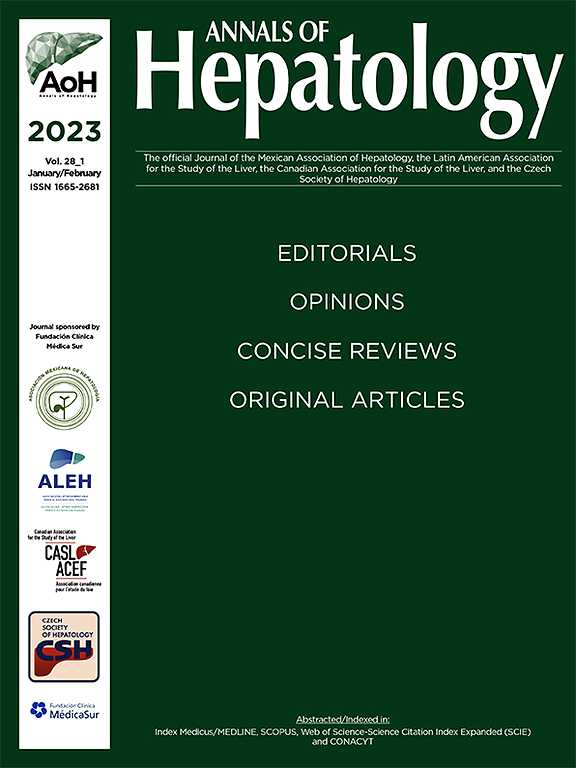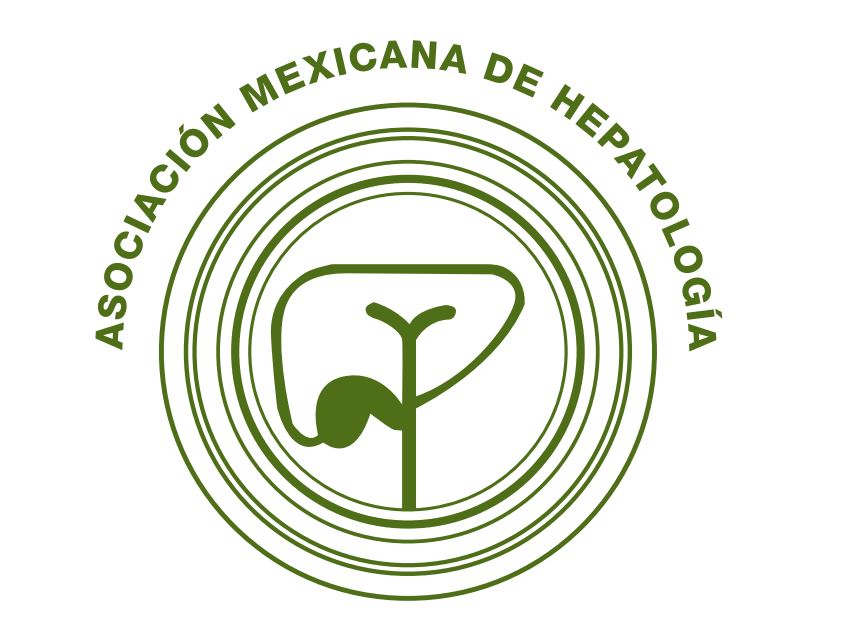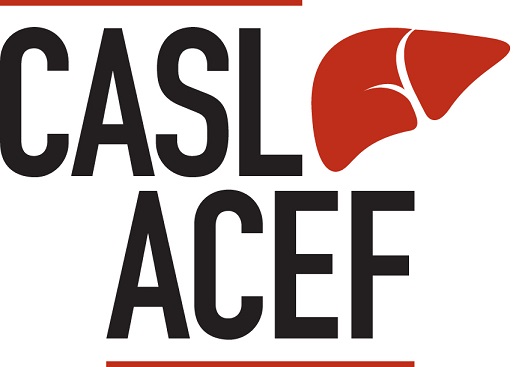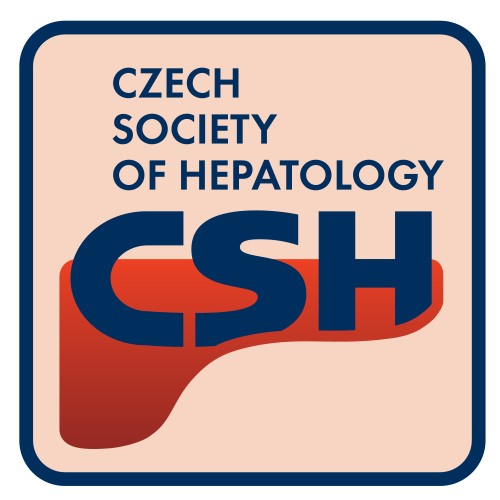MASLD (Metabolic Dysfunction-Associated Steatotic Liver Disease) is part of a wide spectrum of chronic diseases related to metabolic derangements. Within this spectrum, MASLD and type 2 diabetes (T2D) frequently coexist, with MASLD prevalence in patients with T2D estimated at 65% [1,2]. Likewise, MASH (Metabolic Dysfunction-Associated Steatohepatitis), an advanced state of MASLD characterized by inflammation and injury to hepatocytes, shows a 31.5% prevalence in T2D individuals [1].
We are witnessing a major rise in global disease burden associated with these conditions, compared with the last three decades. Recent reports state that T2D and MASLD account for 75 million and 3.6 million DALYs (Disability-Adjusted Life Years), respectively [3]. The economic cost associated with MASH grows with the presence of comorbidities and with the use of glucose-lowering and cardiovascular-related medications [4]. A prediction model projects a 42% increase in costs if MASH adds to T2D, and a 63% increase in costs if T2D adds to MASH [5].
An accelerated progression from MASLD to MASH and other adverse liver outcomes occurs in individuals with T2D [2]. Patients with T2D develop advanced fibrosis at a higher rate than those without TD2, even after adjustment for factors such as race and ethnicity, gender, age, and body mass index [6]. A recent meta-analysis reports up to a 15% prevalence of advanced fibrosis when these diseases coincide [1]. This MASLD-T2D pairing increases atherosclerotic cardiovascular disease risk and results in a three-fold increase in liver-related mortality risk [2]. However, prompt interventions in MASLD-T2D patients, such as adequate glycemic control, reduce the risk of adverse outcomes (including HCC) [7].
Experimental evidence explains the synergy between T2D and MASLD via several molecular mechanisms and gene interactions. Differential gene expression effects include insulin and oxidative stress regulation (HNRNPU), insulin resistance and glucose homeostasis pathway disruption (FUBP1), and altered intestinal epithelial permeability (FYN) [8]. Cell-to-cell interactions, especially those that involve adipocytes, are also important. For instance, an elegant in vitro experiment with hepatocytes, adipocytes and inflammatory cells shows how an insulin resistance state leads to inflammation, glucose and lipid dysregulation, and cell necrosis mediated by adipocyte signaling [9]. Increased plasma growth differentiation factor-15 expression in visceral and subcutaneous adipose tissue and hepatocytes is more pronounced in T2D and obesity. This molecule is also related to the histologic progression of MASLD, probably through immune mechanisms [10]. An exciting particle, the steatotic hepatocyte-derived extracellular vesicle, experimentally increases microRNA-126a-3p levels associated with decreased pancreatic cell mass through insulin-mediated routes [11].
Finally, the microbiota involvement promotes oxidative stress [12], increases the endogenous production of alcohol [13], and stimulates ceramide production (with further induction of peripheral insulin resistance and hepatic steatosis) [14].
ConclusionsEarly recognition of both MASLD and T2D, an understanding of their deep interplay, and the implementation of appropriate measures to halt disease progression should be of utmost priority. Robust evidence supports the additive deleterious effects of T2D in MASLD development and progression. Therefore, future research concerning MASLD prognosis must focus on the aggressive prevention and treatment of T2D.
Author contributionsAll authors contributed equally, reviewed and approved the final version of this manuscript for publication.












